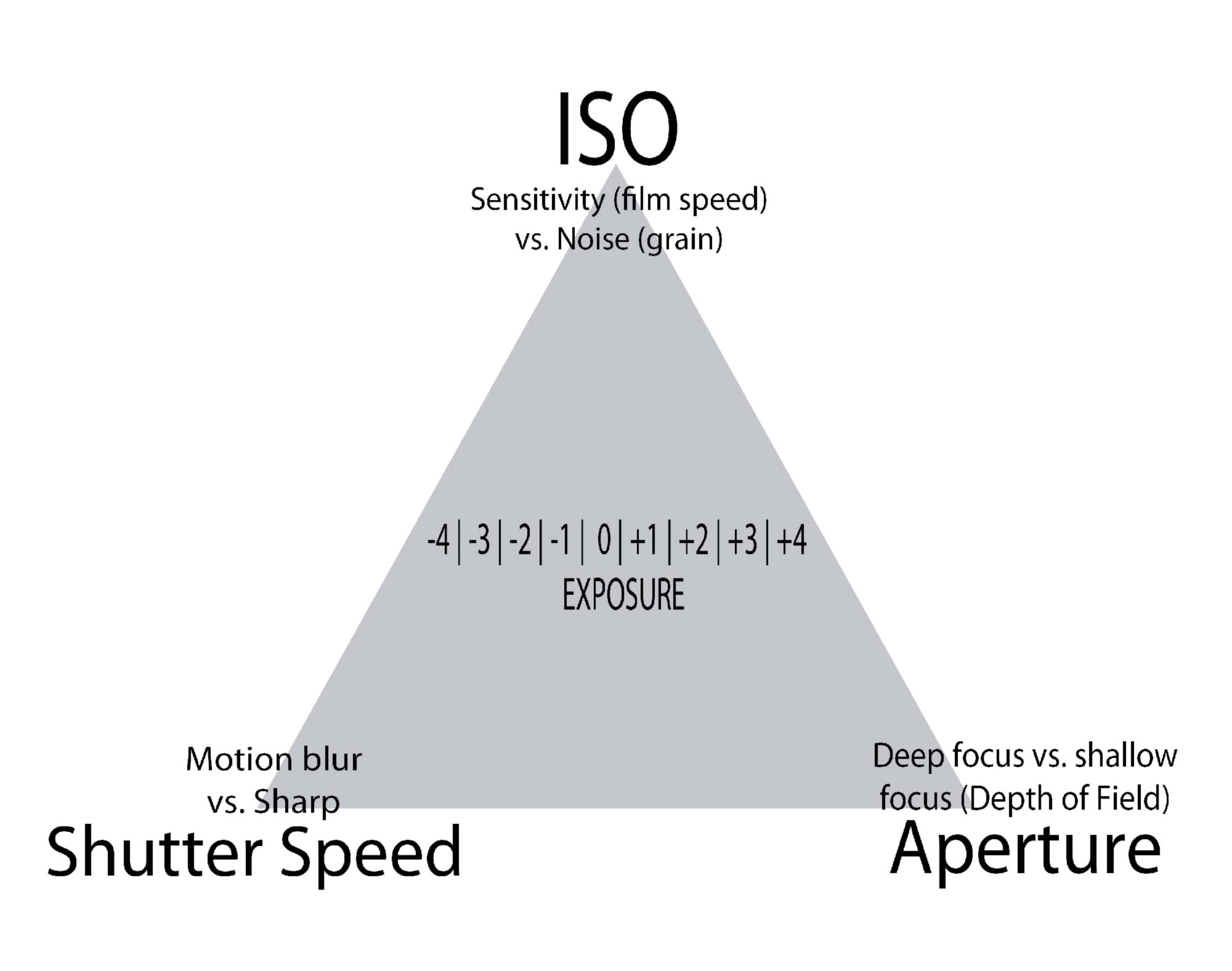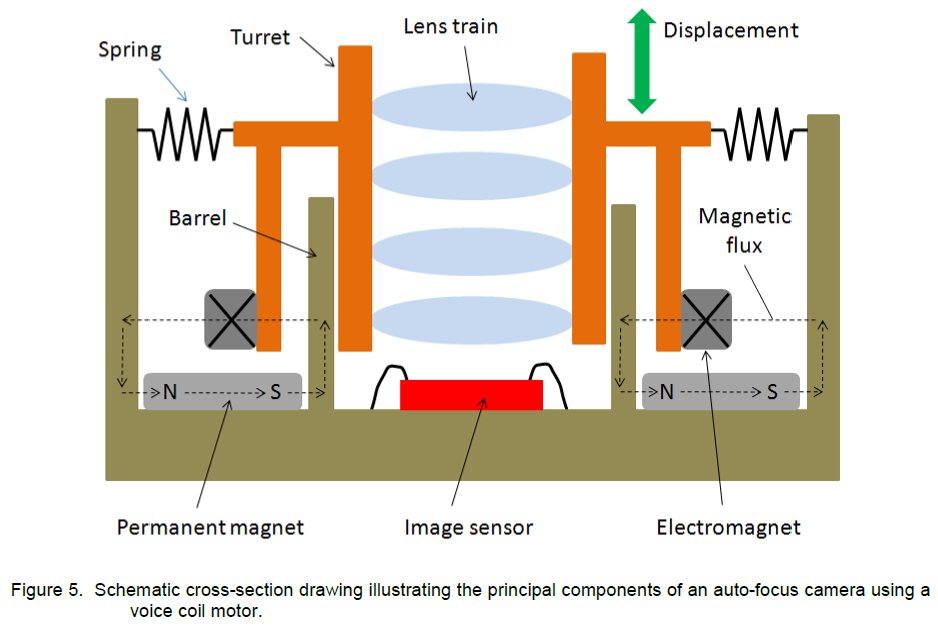Manual Camera Controls in iOS 8
by Joshua Ho on June 18, 2014 11:54 AM EST- Posted in
- Smartphones
- Apple
- Mobile
- Tablets
- iOS 8

For the longest time, iOS had almost no camera controls at all. There would be a toggle for HDR, a toggle to switch to the front-facing camera, and a toggle to switch to video recording mode. The only other tool that was accessible would be the AE/AF lock. This meant that you had to hope that the exposure and focus would be correct, because there was no direct method of adjusting these things. Anyone that paid attention to the WWDC 2014 keynote would’ve heard maybe a few sentences about manual camera controls. Despite the short mention in the keynote, this is a massive departure from the previously all-auto experience.

To be clear, iOS 8 will expose just about every manual camera control possible. This means that ISO, shutter speed, focus, white balance, and exposure bias can be manually set within a custom camera application. Outside of these manual controls, Apple has also added gray card functionality to bypass the auto white balance mechanism and both EV bracketing and shutter speed/ISO bracketing.
For those that are unfamiliar with such terms, it’s worth talking about what each of these controls can do. First, ISO and shutter speed are two of the three factors that affect the exposure of a scene. The third is the lens aperture, but in the context of mobile, aperture is almost always fixed. ISO is best described as the sensor gain, and shutter speed is the time that the sensor is taking in light. While increasing ISO can brighten a scene, doing so also increase the noise in an image. It's also possible to select different formats within a custom camera application, such as the low light mode. This means that a third party camera application wouldn't be denied access to features that can be found in the stock camera application. A possible UI for this third party camera can be seen below in the Lumia 1020's Nokia Pro Camera application.

The flip side is shutter speed. While longer shutter speeds can decrease ISO, it also means that hand shake and motion blur are more likely to affect the image. This means that things like long exposure photography are now possible. It’s also possible to force lower or higher ISO/shutter speed compared to what the auto-exposure algorithm would pick based upon the scene. It's also important to note that the preview frame rate will be the same as the set shutter speed. This means that the lower bound can be 1FPS in certain formats. With the controls that Apple has exposed, it’s even possible for developers to write their own custom auto-exposure algorithms. Outside of these manual controls, it’s also possible to add a bias to the auto-exposure algorithm. This should appear in the stock iOS 8 camera application in the near future.
Focus is another key control that adjusts the lens from macro focus to infinity focus, and this means that it’s now possible to focus in situations where contrast detection auto-focus mechanisms struggle to work correctly. This opens up new ways to compose an image, and also opens up new kinds of shots with video. A great example of this is smoothly focusing into an object to provide a dramatic effect, something that would've been impossible up until now. There was a strong emphasis on the fact that focus couldn't be mapped to distance, as the focal length varies from device to device and the VCM behavior is also affected by gravity, age, and variance in the production process. A diagram of a VCM AF system can be seen below.

White balance is now also fully manual, something that was previously only limited to Windows Phone and HTC's custom camera application. Apple went into deep detail regarding the implementation of this manual color balance, which effectively skews based upon RGB gain at a low level, but can be converted to Kelvin through the API that is opened up. This, in addition to the "gray world" white balance, allows further control of how a shot will come out.
While only the exposure bias controls will make it into the stock camera application, all of these new controls exposed through the AVCaptureDevice APIs will enable camera applications similar to Nokia's Pro Camera or HTC's Sense 6 camera application. It's been said that Apple is one of the few OEMs that take camera seriously, and these new controls can only cement that position.











42 Comments
View All Comments
anactoraaron - Wednesday, June 18, 2014 - link
This is great. Sure HTC and Nokia may have had better camera controls before Apple, but it's about time EVERY phone had these controls. Now that Apple is doing this, other phone manufacturers will likely follow suit. It's so irritating not being able to manually set the shutter on so many phones - no matter what you try indoors your photos get blurred and are useless!Alexvrb - Wednesday, June 18, 2014 - link
Yeah it sure is nice to see Apple catching up to Nokia after all this time. 😋MonkeyPaw - Wednesday, June 18, 2014 - link
I recently upgraded to the 1020 (which, once unlocked, does well on Tmo, btw), and I can say that the camera is pure awesomeness. I tested it on a family trip recently, and it took very good shots without having to be right up at the subject. I'm not a pro photographer, but I do have a bridge camera, and the 1020 didn't leave me missing it. Sure, a DSLR is greatest, but it's near impossible to wrangle a big camera AND your kids, which is where phones like the 1020 make so much sense.haikuginger - Wednesday, June 18, 2014 - link
Just to be clear, do you mean that an AT&T-branded 1020, when unlocked, works on T-Mobile's HSPA+ network on AWS bands?MonkeyPaw - Wednesday, June 18, 2014 - link
I bought an unlocked ATT branded 1020 from eBay, and it works great. I've been to 2 bigger cities in the Midwest, and I connected at LTE speeds of about 20 down, 8 up on less than full bars. Honestly, the speed doesn't matter that much to me, but it matched my Tmo Lumia 925.There are some threads online about it, so you can see what other folks have experienced in other markets. I noticed no difference.
dabotsonline - Wednesday, June 18, 2014 - link
Joshua, is there any indication whether iOS 8 will allow users to shoot in RAW? If so, the only advantages of the Nokia Lumia 1020 (and its successor) will be the larger sensor, xenon flash and four HAAC microphones (in the case of the Lumia 1520).jlabelle - Wednesday, June 18, 2014 - link
The only advantage ??? What does it mean ?It is like saying that the only advantage of a Ferrari against a Camry is the power of the engine...
This is a ridiculous choice of words. The Lumia 1020 had a sensor 4 times (I repeat FOUR times) bigger than the iPhone. This is just huge.
Why is a DSLR miles ahead any phone in term of image quality ? Just because of the senator size. This is key.
With sensor efficiency reaching close to 90% in some cases, the gain possible is marginal because it could only be 10% gain in ideal world so a gain of 400% in comparison is huge.
The second advantage is stabilization that give you an extra 2-3 stops. So in low light situation, this 8 times more light coming into the sensor. Nothing can beat that.
Aetles - Wednesday, June 18, 2014 - link
"Why is a DSLR miles ahead any phone in term of image quality ? Just because of the senator size."That is not true, sensor* size is very important but it is not just because of that, there are other factors at play as well.
(* = Assuming you mean sensor and not "senator" as you wrote... ;))
andy o - Wednesday, June 18, 2014 - link
Technically it's due to the large aperture, but those kinds of apertures are only feasible (physically and economically) in lenses when you have such big sensors.tookitogo - Friday, June 20, 2014 - link
No, that's not it. The individual pixels in a DSLR image sensor are much larger, which allows them to collect more light, making them more sensitive. This means a DSLR sensor has less noise at a given ISO. In terms of image *quality*, this is the relevant point.A camera sensor with DSLR-size pixels would also have fantastic image quality -- but at very low resolution, which is why we don't do it.
The size of the aperture has two effects, one is depth of field, the other is the amount of light that hits the sensor. In terms of creative freedom, this is why people choose DSLRs.